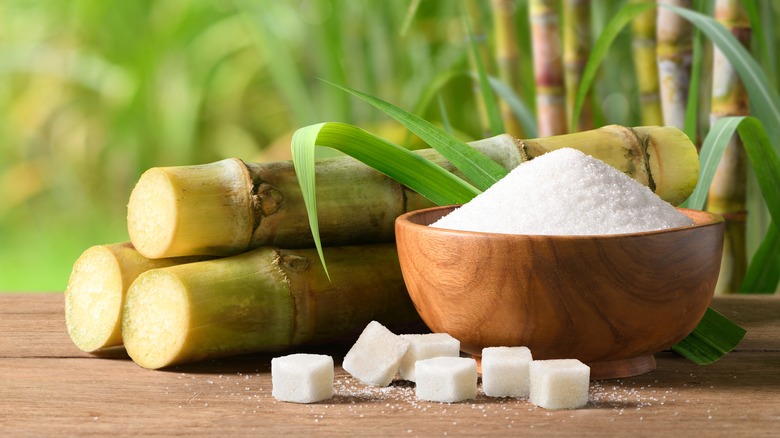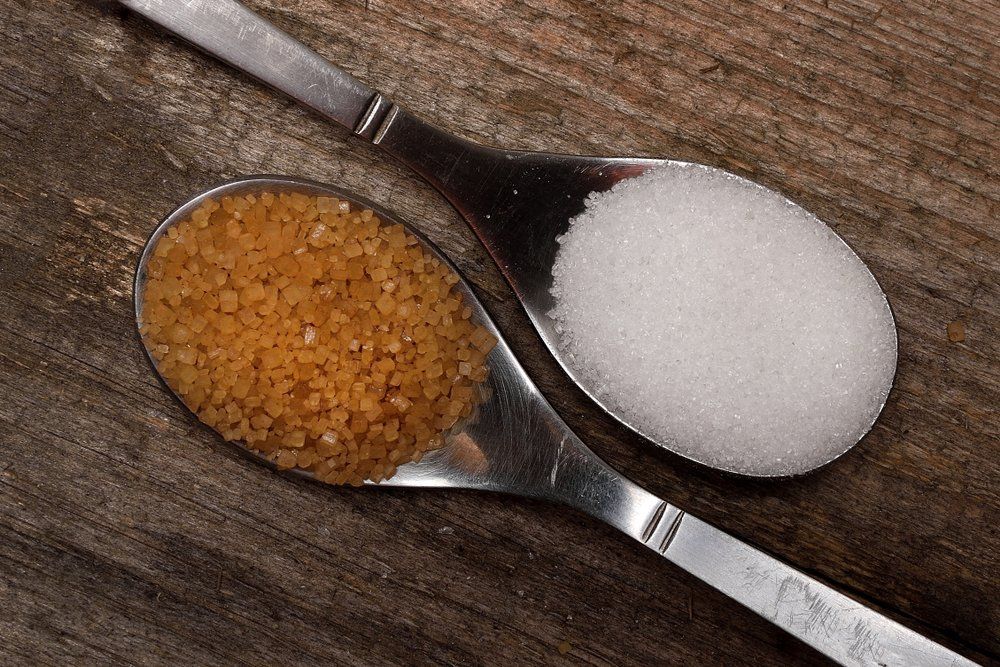Some people prefer beet sugar vs cane sugar for its believed health benefits and natural quality.
Some people prefer beet sugar vs cane sugar for its believed health benefits and natural quality.
Blog Article
Understanding the Nutritional Benefits of Beetroot Sugar Vs Walking Cane Sugar for Health Conscious Customers
When examining the nutritional ramifications of beetroot sugar versus walking stick sugar, health-conscious consumers find that both ranges primarily contain sucrose and deal similar caloric values, each contributing about 16 calories per tsp. Regardless of this resemblance, neither kind confers significant health and wellness advantages, as they are devoid of crucial nutrients. Discovering the wider influences, consisting of ecological factors to consider and long-term health effects of sugar usage, could light up extra nuanced differences between these 2 sugars.
Nutritional Profile and Caloric Worth of Beet Sugar and Walking Stick Sugar
Although both beetroot sugar and cane sugar are mostly composed of sucrose, their nutritional profiles and calorie values are extremely similar. Each provides about 16 calories per teaspoon and consists almost totally of carbs, with minimal quantities of healthy protein or fat. These sugars likewise lack substantial amounts of vitamins or minerals. The improvement procedure strips away a lot of the integral nutrients, providing both types almost the same in regards to nourishment. There are trace differences in the pollutants that stay after handling, which can somewhat affect the flavor and shade of the sugars, yet these are negligible in regards to health and wellness impact. For consumers focusing on dietary effect, the option between beet and walking stick sugar is much more about individual choice or prospective ecological concerns as opposed to nutritional differences. Both ought to be eaten in moderation within a well balanced diet plan because of their high caloric content and absence of crucial nutrients (beet sugar vs cane sugar).
Ecological Influence and Sustainability of Sugar Manufacturing
While the dietary differences in between beetroot sugar and walking stick sugar are minimal, their manufacturing processes provide even more considerable differences, especially in regards to environmental influence and sustainability. Walking cane sugar manufacturing typically involves considerable land use and deforestation, which adds to habitat destruction and biodiversity loss. This agriculture is also connected with high water consumption and water contamination because of the runoff of chemicals and fertilizers. In comparison, beetroot sugar production normally needs less land and can be grown in more temperate environments, which may reduce the need for watering and the associated water resource deficiency.
Nevertheless, beetroot growing is not without its environmental challenges; it entails considerable power inputs, specifically in the north environments where it is expanded, due to the this post need for longer home heating durations in sugar processing. Both sugar beet and sugar walking stick markets are exploring a lot more lasting practices, consisting of crop turning, natural farming, and enhanced waste administration strategies to alleviate these influences.
Health And Wellness Consequences and Recommendations for Sugar Intake
Regardless of their very little dietary differences, both beetroot sugar and walking stick sugar can have harmful health and wellness impacts when eaten in excess. High consumption of either type of sugar adds to a variety of health concerns, including excessive weight, type 2 diabetes, and heart condition. Both sugars are pure sucrose and offer no vital nutrients apart from calories, resulting in quick spikes in blood this content glucose levels upon consumption.


Conclusion

Report this page